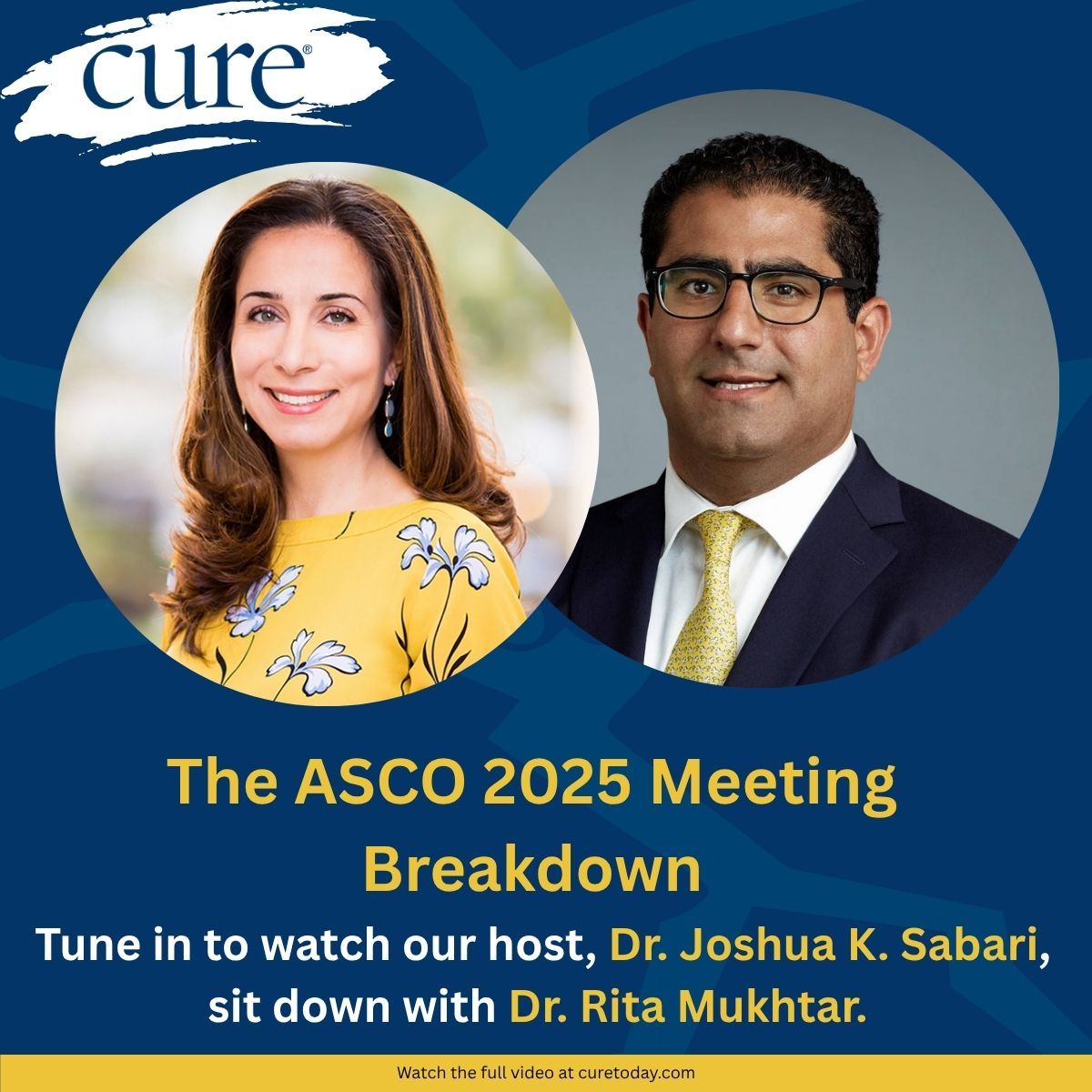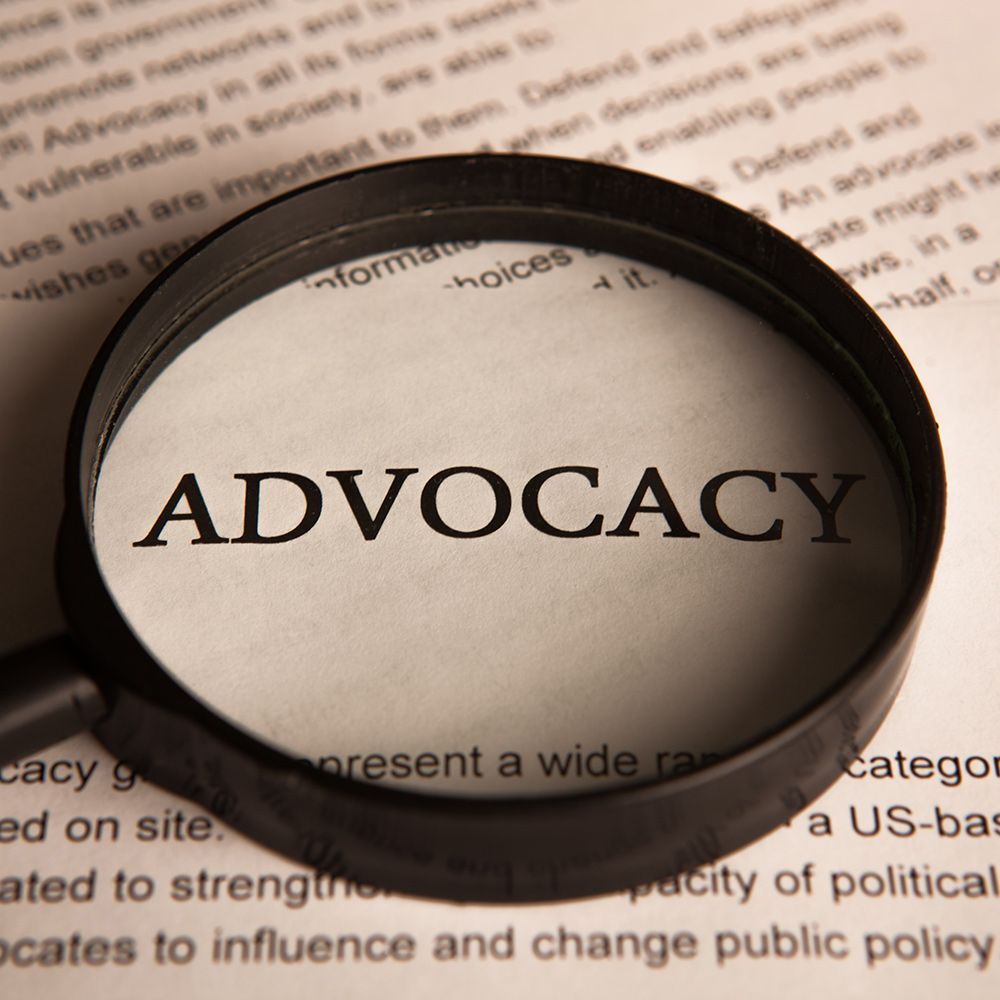Article
Men With Breast Cancer Receive Suboptimal Treatment, Study Finds
Author(s):
One out of three men with breast cancer does not receive adequate treatment, according to recent study findings published in Annals of Oncology.
One out of three men with breast cancer does not receive adequate treatment, according to recent study findings published in Annals of Oncology.
Researchers who are part of the International Male Breast Cancer Program found that more than 90 percent of men had estrogen receptor (ER)-positive breast cancer. However, only 77 percent of them received endocrine therapy, also called hormone therapy, after surgery, which is the recommended treatment for women with hormone receptor-positive breast cancers.
The study, which began in 2006, is made up of three different parts that include patients from the United States, Europe and South America. These findings are from part two that examined 557 men over a period of 30 months. The median age at diagnosis was 68.4 years — most breast cancer cases are detected in men between 60 and 70 years old.
The researchers found that male breast cancer is usually ER- (99.3 percent), progesterone-receptor- (81.9 percent) and androgen receptor— (96.9 percent) positive, or Luminal B-like/ human epidermal growth factor receptor 2 (HER2)-negative (48.6 percent).
“In terms of biology, the vast majority of men have hormonal-dependent cancer, what we call ER-positive, and the HER2 receptor is almost always negative. Only about 10 percent of cases are positive, maybe even less,” Fatima Cardoso, M.D., who is the director of the Breast Cancer Unit at Champalimaud Clinical Cancer Center in Lisbon, Portugal, and co-Principal investigator of the study, said in an interview with CURE.
“Therefore, if there is a pathology report in a male patient that tells you that tumor is HER2-positive or that the tumor is ER-negative, then it is almost mandatory to request a second opinion or a revision.”
The team was also able to conclude that radiation therapy is not used as often as it should be. For instance, most men (50 percent) have disease with positive lymph nodes compared with just about a third of women with breast cancer, she said. Radiation therapy is the best treatment for this disease indication, but not enough men are receiving it.
Concrete reasons for treatment variation between men and women do not exist, but Cardoso speculated it may be from of lack of knowledge by physicians and patients. “Male patients don’t expect to have what is usually considered a ‘female cancer,’ so they are taken by surprise that they have it,” she said. “They should look for specialized cancer centers because every rare disease is better treated in a center that has experience doing so. Some physicians are also unaware of the disease. This lack of awareness from patients and some physicians leads to important delays in diagnosis and late stage diagnosis, which also has a worse prognosis.”
Examination of tumor samples will be continued by researchers using different technologies to better understand the biology of male breast cancer — something that has helped move the science and treatment forward in female breast cancer.
Part three of this project will focus on performing clinical trials to study new agents, such as androgen receptor inhibitors, but support and interest from pharmaceutical companies for this are still lacking.
Male breast cancer is considered a rare disease accounting for 1 percent of all breast cancers.
This year, the American Cancer Society estimates that 2,550 new cases of invasive breast cancer will be diagnosed in men in the U.S.
Even with these statistics, men don’t get medical attention soon enough. “Research shows that most men feel embarrassed because of having a female-type of cancer,” Cardoso said. “It’s important for them to know they aren’t alone and there is no need to be ashamed. Hearing about and knowing it’s OK to talk about it is a major step forward.”
The International Male Breast Cancer Program is coordinated by the European Organization for Research and Treatment of Cancer and run under the umbrella of the Breast International Group and the North American Breast Cancer Group, joining efforts to better understand the biology and evolution of male breast cancer with the hope to improve treatments of patients affected by this rare disease in the future.




